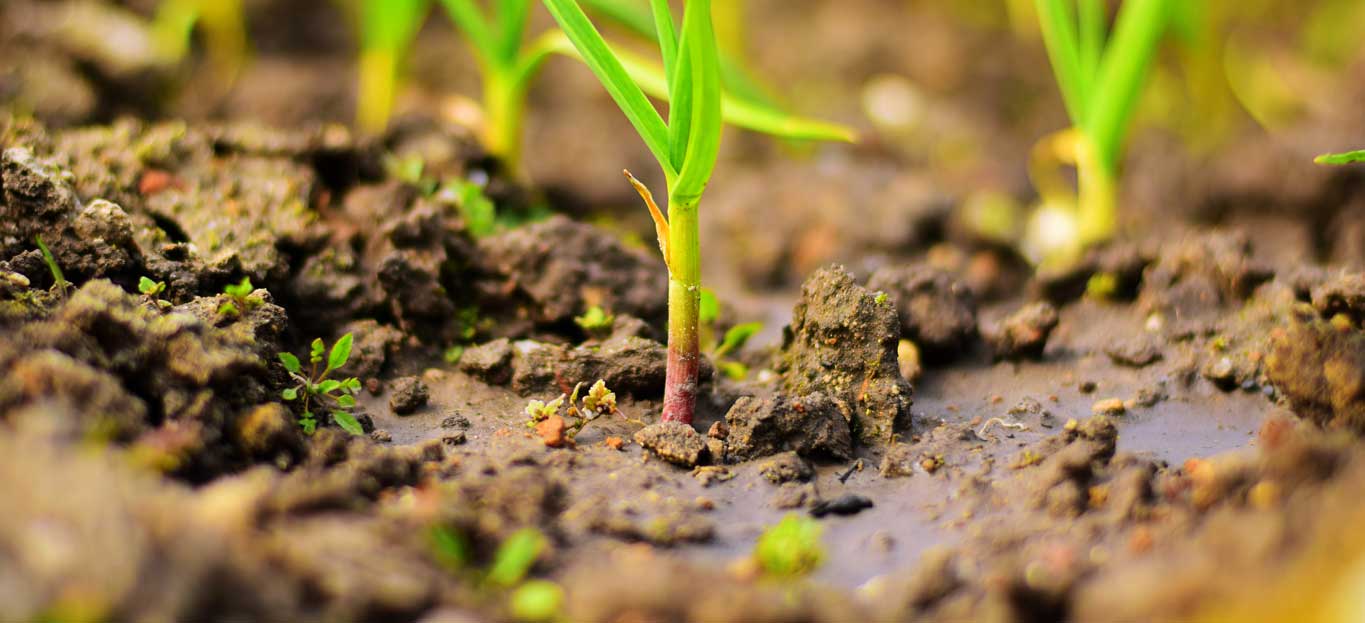When It Rains, It Firs, Part 2: The Trouble With Saturated Ground
Dealing with unpredictable weather is something that inevitably comes with living in Georgia. During certain seasons it’s not unusual for Georgians to experience everything from sun and hail to snow and rain within the span of 24 hours. Recently, this unpredictable weather has struck in the form of torrential downpours, causing flooding, roadway delays, and saturated ground, which can mean disaster for trees (and homeowners) everywhere.
You may be thinking to yourself, “I thought rain was good for trees!” Normally, you’d be right, but heavy rain causes soil to become saturated with water to the point where there’s no room for oxygen. When this happens, a tree’s roots can die, leaving the remaining living roots to grow close to the surface.
This process causes a lot of trees to become unstable, some more than others. Trees with wider, stronger, and deeper roots prove to be stronger against flooding and wind, while trees with narrow, weaker roots in shallow ground are prime candidates for toppling.
Trees in saturated ground are also more vulnerable to windthrow. During storms, wind pushes against trees’ trunks and canopies, which applies force to their roots and causes them to tip over. It’s worth noting that this force is amplified for taller trees since they often have larger trunks and canopies. As you can imagine, the damage from these green giants falling can be catastrophic.
Additionally, decaying trees in saturated ground can prove even more dangerous due to their already weakened root structures. Make sure to watch out for fungal growth near or on the trunk, raised roots, cracks, or dead branches.
The best way to prepare for a timbering tree and avoid damage to your house, vehicle, and most importantly, yourself, is to be proactive and schedule an appointment with the experts at Premier Tree Solutions. Click here to contact us today.







